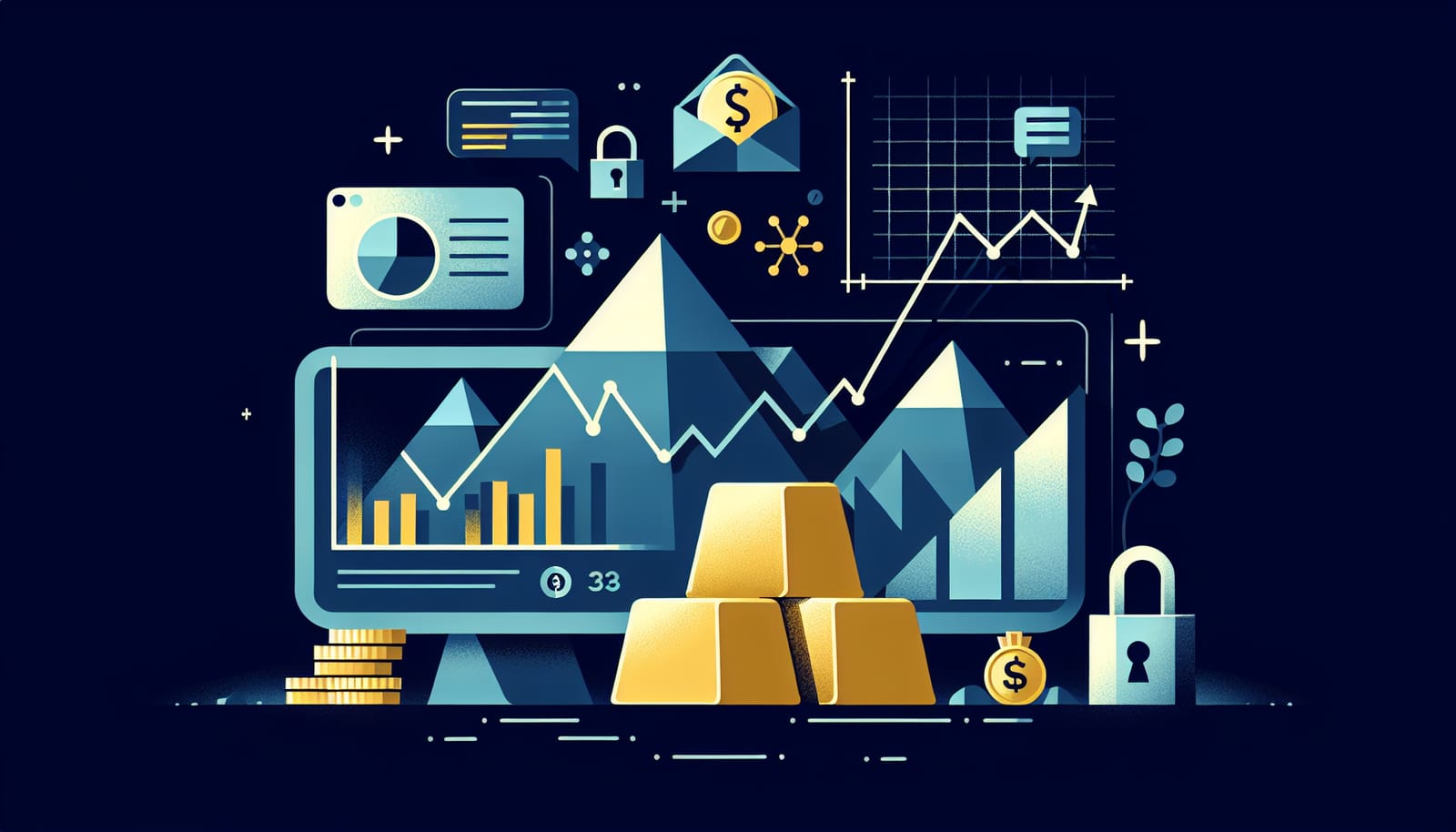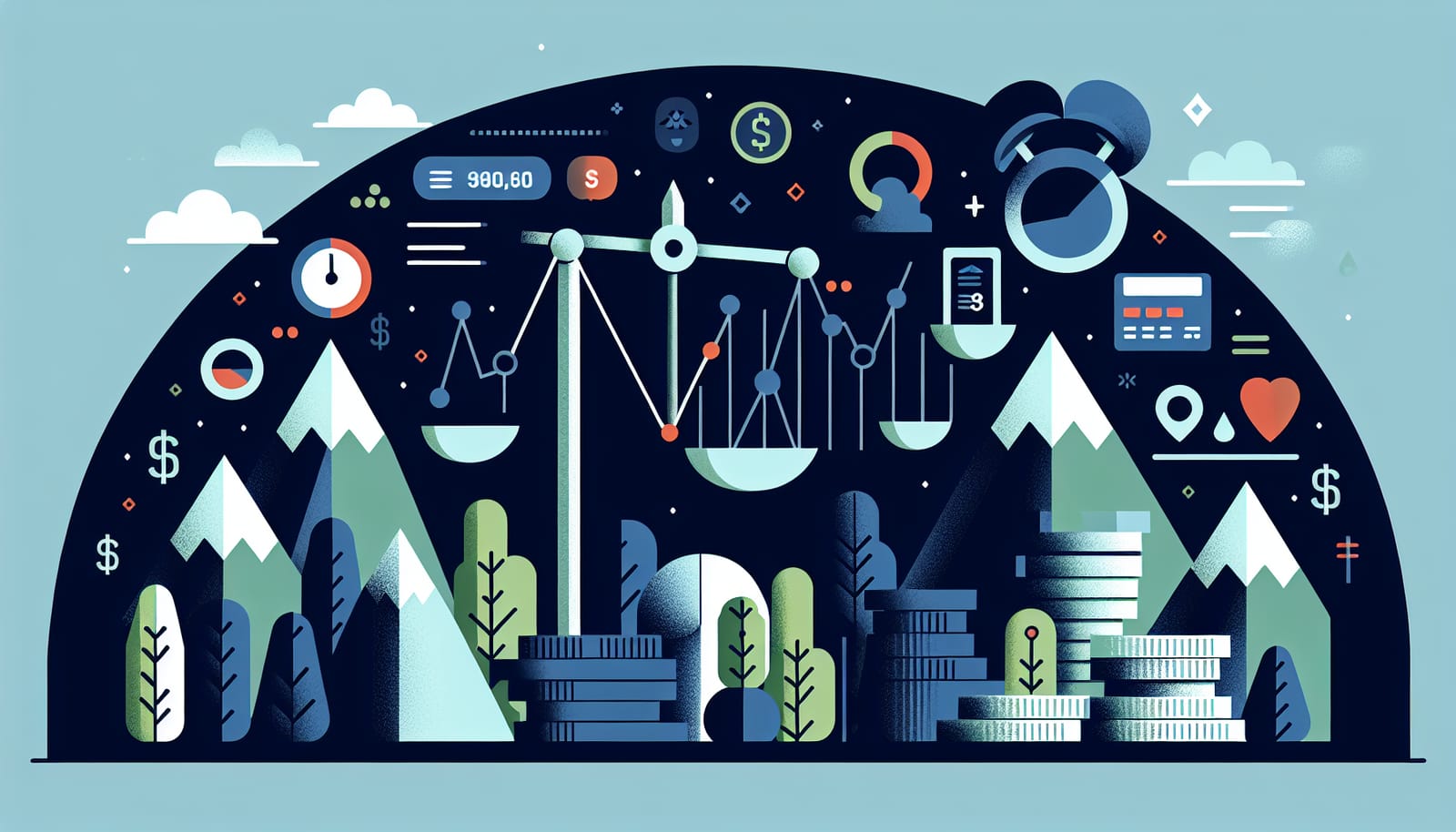In today’s fast-paced world, convenience often trumps cost. Whether it's ordering takeout instead of cooking, subscribing to a streaming service, or buying that trendy gadget, these small expenses can add up quickly. While each $20 purchase may seem harmless at the moment, they can gradually erode your wealth and financial stability. In this article, we’ll explore how these seemingly minor decisions impact your finances and how you can take control of your spending to build a wealthier future.
The Allure of Convenience
Convenience is everywhere. From food delivery apps that bring your favorite meal to your doorstep to online shopping that allows you to buy anything with just a few clicks, it’s easy to see why many people gravitate towards these options. After all, who doesn’t love saving time? However, this convenience often comes at a premium.
When you choose convenience, you’re often paying more for the service or product than if you took the time to prepare it yourself or shop around. For example, ordering a meal for delivery might cost you $20 or more, while making the same meal at home could cost half that. Over time, these small decisions can lead to significant financial drains.
The $20 Trap
Let’s break this down further: imagine you’re treating yourself to takeout once a week. That’s $20 a week, which adds up to $1,040 a year. Now, consider this: what if instead of ordering that takeout, you cooked your meals? You could potentially save that money and invest it instead.
The $20 trap is sneaky because it doesn’t feel like a lot of money. After all, $20 is just a night out or one fancy coffee. However, when we accumulate these small expenses, they can significantly impact our ability to save and invest for the future.
Finding Balance: Convenience vs. Cost
It’s important to strike a balance between convenience and cost. Here are some questions to consider when faced with a convenience decision:
Is it necessary? – Sometimes, convenience is essential, especially in a busy life. However, ask yourself if the item or service is truly needed.
Can I do it myself? – Many tasks that we pay for can be done at home or with a little effort. Cooking, cleaning, and even some DIY projects can save you money.
What is the long-term impact? – Consider how this small expense will affect your finances over time. Remember, it’s not just about the immediate cost, but the potential savings or investments you’re sacrificing.
The Snowball Effect of Small Expenditures
When you allow small conveniences to become habitual, they can lead to larger financial issues. This phenomenon is often referred to as the "snowball effect." Just like a snowball rolling down a hill collects more snow and grows larger, small expenditures can compound over time.
Let’s say you indulge in several $20 conveniences each week. That’s $80 per month, or $960 a year. If you had invested that $960 in a retirement account earning an average of 7% interest over 30 years, you could end up with over $7,000!
It’s essential to recognize that every small expense counts. Being mindful of your spending can lead to significant wealth accumulation over time.
Making Conscious Choices
To combat the cost of convenience, you can adopt a few simple habits. Here are some tips to help you make more conscious financial decisions:
Budget Wisely: Create a budget that allows for a small amount of spending on conveniences while also prioritizing savings and investments.
Track Your Spending: Keep a log of your daily expenses. This will help you identify areas where you can cut back on convenience spending.
Set Savings Goals: Establish specific financial goals for yourself, such as saving for a vacation, home, or retirement. When you have a clear goal, it’s easier to resist the temptation of convenience.

Building Wealth One Step at a Time
Building wealth doesn’t happen overnight. It’s a gradual process that requires patience and discipline. By recognizing the impact of small convenience costs on your finances, you can begin to take actionable steps toward a more prosperous future.
Start by evaluating your current spending habits. Look for those $20 increments that you might be unconsciously spending. Replace them with healthier alternatives, whether it's cooking at home, finding free entertainment options, or simply taking a moment to think before making a purchase.
The Bigger Picture: Investing in Your Future
While cutting costs is essential, it’s equally important to invest in your future. The money saved from avoiding unnecessary conveniences can be redirected into savings or investments. Consider opening a high-yield savings account, contributing to a retirement fund, or exploring other investment options that align with your financial goals.
Investing is a crucial part of building wealth. It allows your money to grow over time, harnessing the power of compound interest. The earlier you start investing, the more time your money has to grow.
Conclusion: Take Control of Your Finances
The journey to financial wellness begins with awareness and intentionality. The cost of convenience can add up quickly, but understanding its impact can empower you to make better financial decisions.
By recognizing the value of your money and making conscious choices, you can build a more secure financial future. Remember, every dollar saved is a step toward financial freedom. So, the next time you’re tempted by convenience, take a moment to consider its true cost and choose wisely. Your future self will thank you!



